Introduction:
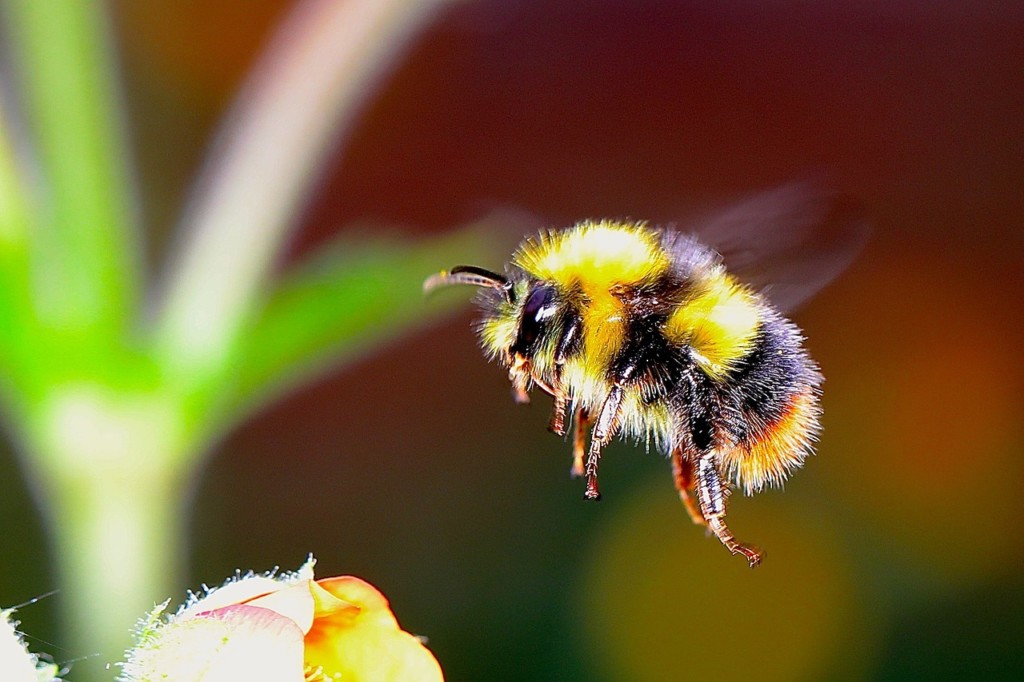
Bee stings, while often a mere inconvenience, can pose serious health risks, particularly for individuals with allergies. Understanding the causes, symptoms, and prevention strategies is crucial for anyone spending time outdoors. Be it in your backyard or a hiking trail, encounters with bees are inevitable. In this comprehensive guide, we will delve into the intricacies of bee stings, providing insights into their causes, the spectrum of symptoms, and effective prevention measures.
Causes of Bee Stings:
Bees are typically non-aggressive creatures, and they only sting when they perceive a threat to their hive or themselves. Understanding what triggers a bee to sting is key to avoiding unnecessary encounters. Common causes of bee stings include:
- Provocation:
- Bees may sting if they feel threatened or provoked. This can happen when a person gets too close to a hive, steps on a bee, or swats at it.
- Protecting the Hive:
- Bees are highly protective of their hive and will sting to defend it. Loud noises, sudden movements, or vibrations near a hive can trigger defensive behavior.
- Sweet Odors:
- Fragrances from perfumes, lotions, or sweet-smelling foods can attract bees. They might mistake these scents for flowers and approach, leading to accidental stings.
Symptoms of Bee Stings:
Bee stings can elicit a range of reactions, from mild discomfort to severe allergic responses. Understanding the symptoms is vital for prompt and appropriate action. Common symptoms include:
- Localized Pain and Swelling:
- The most immediate reaction to a bee sting is pain and swelling at the site. This is often accompanied by redness and warmth.
- Itching:
- Itching around the sting site is common as the body reacts to the venom.
- Allergic Reactions:
- For some individuals, bee stings can trigger allergic reactions. Symptoms may include hives, difficulty breathing, swelling of the face and throat, and a drop in blood pressure. In severe cases, this can lead to anaphylaxis, a life-threatening emergency.
- Systemic Reactions:
- In some cases, people may experience systemic reactions, such as nausea, vomiting, and dizziness.
Prevention Strategies:
Preventing bee stings is a combination of understanding bee behavior and taking proactive measures. Here are effective strategies for preventing bee stings:
- Avoid Provoking Bees:
- Be mindful of your surroundings, especially in areas with known beehives. Avoid sudden movements, loud noises, and disturbing bee nests.
- Wear Protective Clothing:
- If you’re spending time in an area with a high likelihood of encountering bees, consider wearing long sleeves, pants, and closed shoes. This reduces the exposed areas of your skin.
- Choose Appropriate Scents:
- Avoid using heavily scented perfumes, lotions, or hair products when spending time outdoors. Bees may mistake these scents for flowers.
- Stay Calm and Still:
- If a bee is near you, stay calm and still. Swatting at it or running can trigger defensive behavior. Wait for it to fly away.
- Educate Children:
- Teach children to be cautious around bees and to avoid disturbing nests. Supervise outdoor activities to ensure their safety.
- Be Mindful of Food and Beverages:
- Bees are attracted to sweet foods and drinks. Keep food covered, especially in outdoor settings, and avoid leaving open beverage containers.
Understanding the causes, symptoms, and prevention of bee stings empowers individuals to enjoy the outdoors safely. By adopting proactive measures and knowing how to respond to bee stings, the risk of painful encounters and potential allergic reactions can be significantly reduced. Remember, bees play a crucial role in pollination and ecosystem health, and coexisting with them respectfully is the key to harmonious outdoor experiences.
Additional Information:
- Inspect Your Surroundings:
- Before sitting down or engaging in outdoor activities, inspect your surroundings for signs of bee activity. Look for hives, swarms, or bees entering and exiting crevices.
- Know the Difference Between Bees and Wasps:
- Understanding the difference between bees and wasps is essential. While both can sting, wasps are generally more aggressive. Bees are crucial pollinators, so if you encounter them, try to remain calm and unthreatening.
- Seek Shelter During Aggressive Weather:
- Bees are more likely to be aggressive during windy or stormy weather. If you notice increased bee activity during these conditions, seek shelter to avoid accidental stings.
- Proper Waste Disposal:
- Bees are attracted to sweet substances, including discarded food. Properly dispose of food waste in sealed containers to avoid attracting bees to your picnic or outdoor gathering.
- Learn Basic First Aid:
- Knowing how to administer basic first aid for bee stings is crucial. Remove the stinger promptly by scraping it off with a credit card or your fingernail, wash the area with soap and water, and apply a cold compress to reduce swelling.
- Carry an Epinephrine Auto-Injector (for Allergic Individuals):
- Individuals with a known bee sting allergy should always carry an epinephrine auto-injector. Educate those close to them on how to use it in case of an emergency.
- Landscaping Considerations:
- When planning landscaping around your home, consider the types of plants you choose. Some flowers are more attractive to bees than others. Consulting with a local landscaper can help strike a balance between a beautiful garden and minimizing bee interactions.
- Know Your Local Wildlife:
- Understanding the types of bees in your area can be beneficial. Some species are less aggressive than others. Local beekeeping associations or extension offices can provide information about the bee species in your region.
- Regularly Check for Nests:
- If you have outdoor structures or trees near your home, regularly check for bee nests. Early detection allows for safe removal by professionals before the population becomes large and potentially aggressive.
Conclusion:
Bee stings can happen unexpectedly, but by adopting a combination of awareness, respect for these essential pollinators, and proactive measures, the risk of unpleasant encounters can be significantly reduced. Education is a powerful tool in mitigating the impact of bee stings, fostering a safer coexistence between humans and these vital members of our ecosystem. As you enjoy the outdoors, remember that with knowledge and caution, you can minimize the chances of bee stings and appreciate the beauty of nature without unnecessary disruptions.

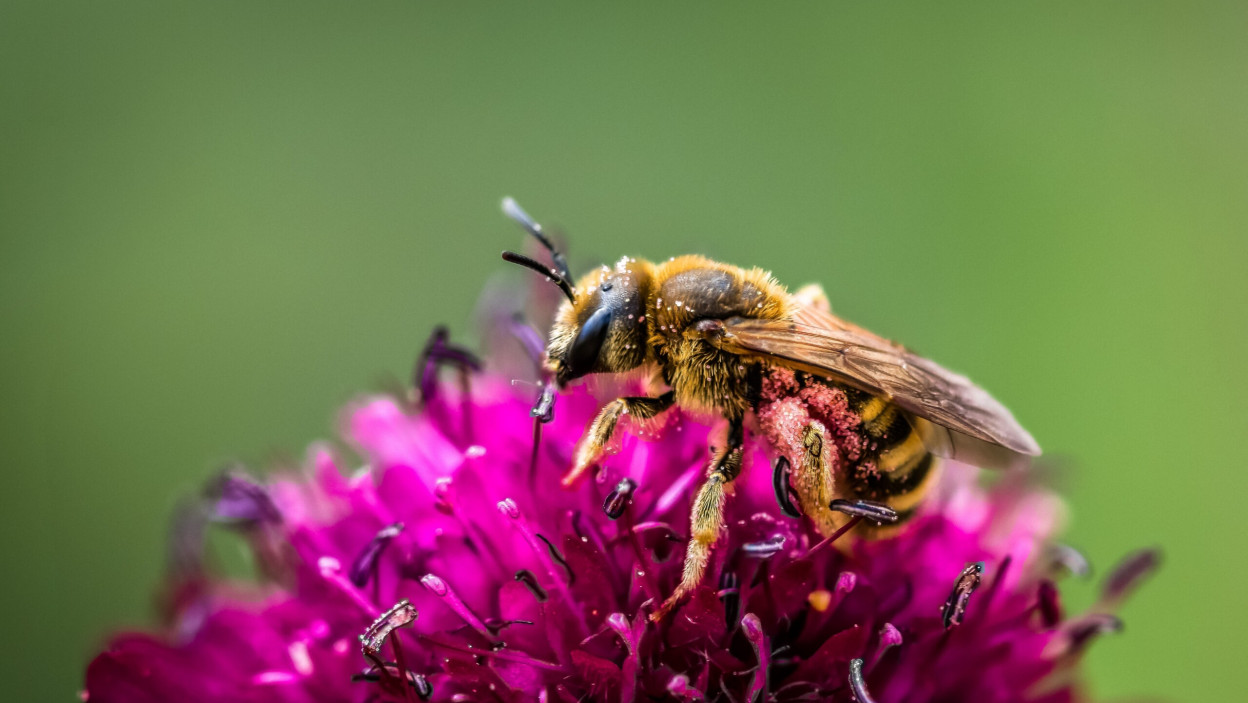
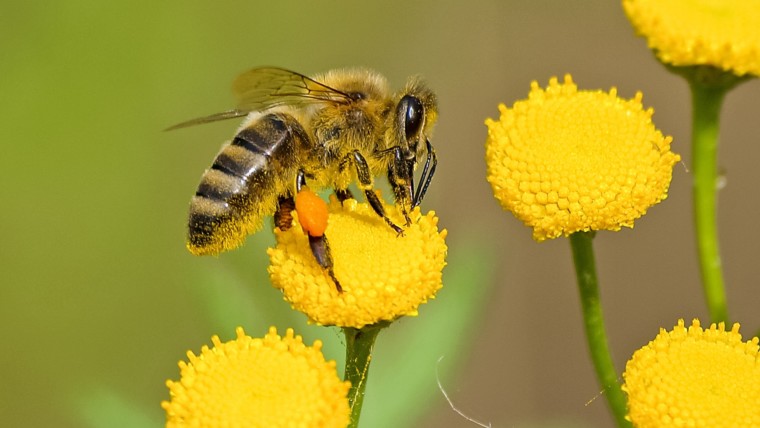
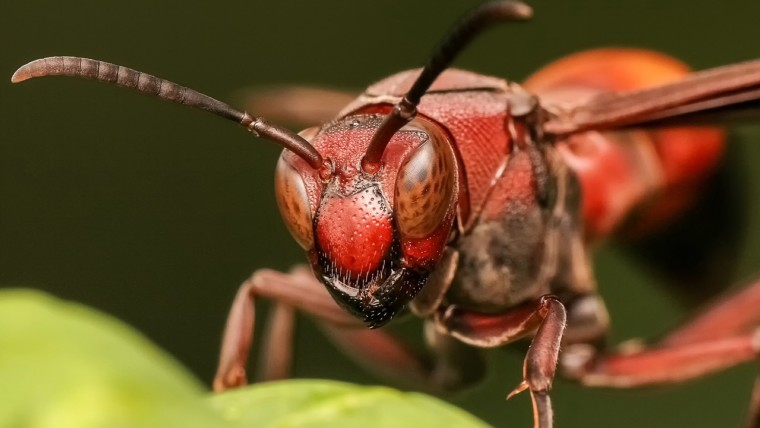

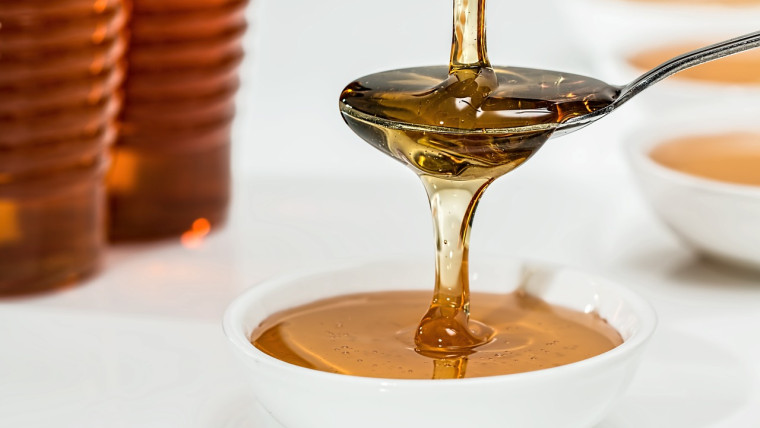


Bee Sting Relief Effective Treatments and Quick Remedies
Beyond Honey: Surprising Solutions for Bee Sting Pain
The Importance of Quick Action: Treating Bee Stings at Home
Emergency First Aid for Bee Stings: A Step-by-Step Guide